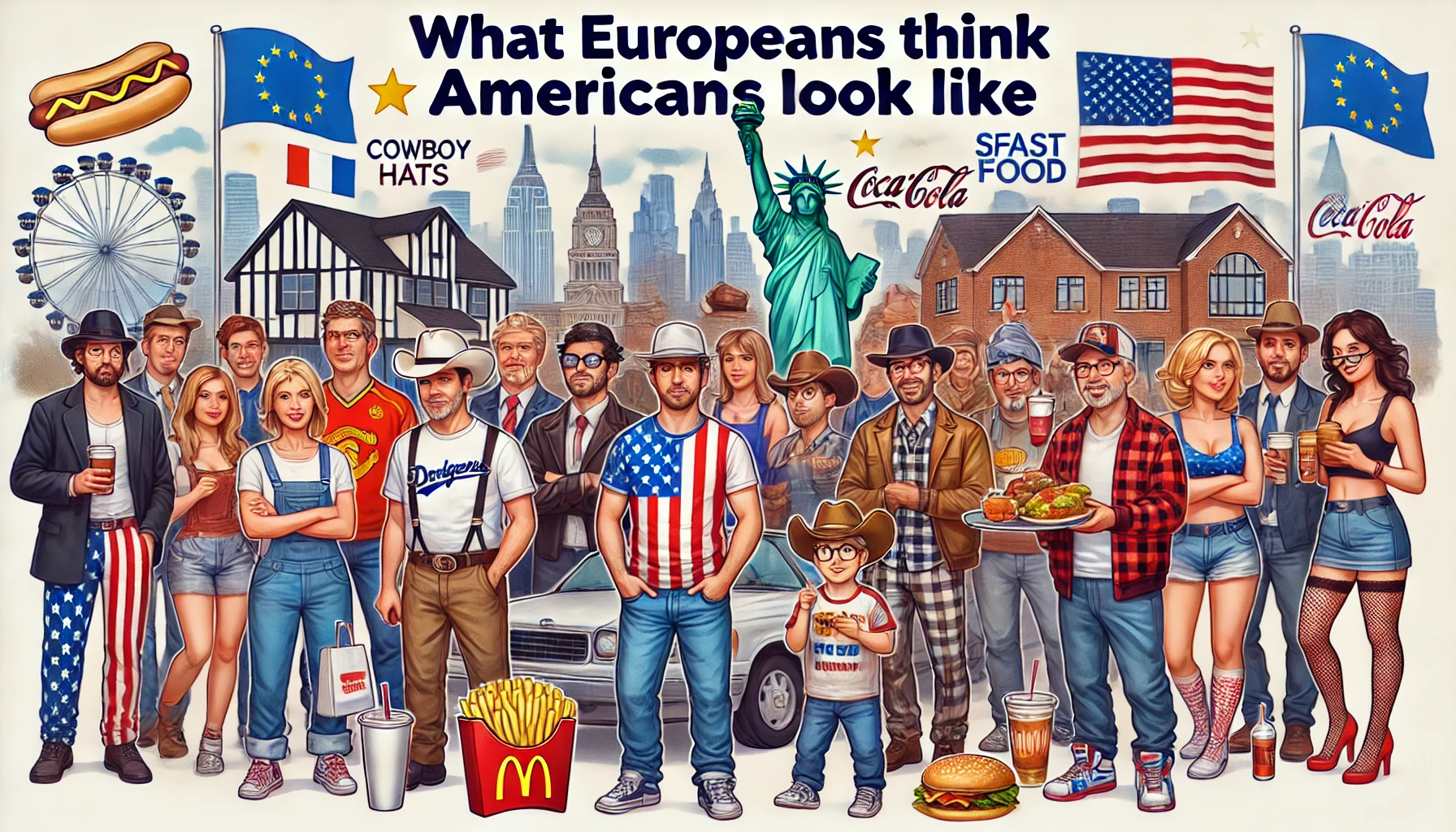Artificial intelligence (AI) creates what Europeans think Americans look like by generating images that reflect cultural perceptions and stereotypes. This fascinating application of AI offers a unique glimpse into how different cultures view each other. By blending iconic symbols and stereotypes, these AI-generated images provide insights into the cultural differences and similarities between Europeans and Americans.
Key Takeaways:
- AI can generate images that reflect cultural perceptions and stereotypes.
- Europeans’ view of Americans often includes iconic symbols and stereotypes.
- Understanding these perceptions can provide insights into cultural differences and similarities.
The Power of AI in Cultural Exploration: AI’s ability to process vast amounts of data and generate images offers a unique tool for exploring cultural perceptions. By analyzing common stereotypes and symbols, AI can create visual representations that reflect how one culture views another.
AI Generates European Perceptions of Americans:
Common Stereotypes: When AI creates what Europeans think Americans look like, it often includes elements such as casual clothing, cowboy hats, sports jerseys, and fast food. These stereotypes are commonly associated with American culture and lifestyle.
Iconic Symbols: The images generated by AI often feature iconic American symbols such as the Statue of Liberty, suburban neighborhoods, and landmarks like Times Square. These symbols are universally recognized and contribute to the cultural identity of the United States.
Diversity: Despite stereotypes, AI-generated images also capture the diversity of American society. This includes people of various ethnicities and backgrounds, reflecting the multicultural nature of the United States.
Cultural Insights: Understanding how AI creates what Europeans think Americans look like provides valuable cultural insights. It highlights the influence of media, historical interactions, and cultural exchanges in shaping perceptions. By examining these AI-generated images, we can better understand the cultural nuances and stereotypes that influence how Europeans view Americans.
Challenges and Limitations: While AI-generated images offer fascinating insights, they also come with challenges and limitations. AI relies on existing data, which means that stereotypes and biases present in the data can influence the outcomes. It’s essential to approach these images critically and recognize that they represent a blend of cultural perceptions rather than an objective reality.
Conclusion: AI creates what Europeans think Americans look like by blending stereotypes, iconic symbols, and cultural perceptions into visual representations. These images provide a unique glimpse into the cultural differences and similarities between Europeans and Americans. By exploring these AI-generated images, we can gain valuable insights into how cultures perceive each other and the factors that shape these perceptions.
At aiforthewise.com, our mission is to help you navigate this exciting landscape and let AI raise your wisdom. Stay tuned for more insights and updates on the latest developments in the world of artificial intelligence.
Frequently Asked Questions (FAQs):
- How does AI create images based on cultural perceptions?
- AI analyzes data and common stereotypes to generate images that reflect cultural perceptions and symbols.
- What stereotypes are commonly associated with Americans in Europe?
- Common stereotypes include casual clothing, cowboy hats, sports jerseys, and fast food.
- What iconic symbols are featured in AI-generated images of Americans?
- Iconic symbols include the Statue of Liberty, suburban neighborhoods, and landmarks like Times Square.
- How does AI capture the diversity of American society?
- AI-generated images often include people of various ethnicities and backgrounds, reflecting the multicultural nature of the United States.
- What can we learn from AI-generated images of cultural perceptions?
- These images provide insights into cultural differences, similarities, and the factors that shape how cultures perceive each other.
- What are the limitations of AI-generated images?
- AI-generated images can be influenced by existing stereotypes and biases in the data, so it’s essential to approach them critically.
- How can exploring AI-generated images enhance our understanding of culture?
- By examining these images, we can better understand the cultural nuances and stereotypes that influence how different cultures view each other.
